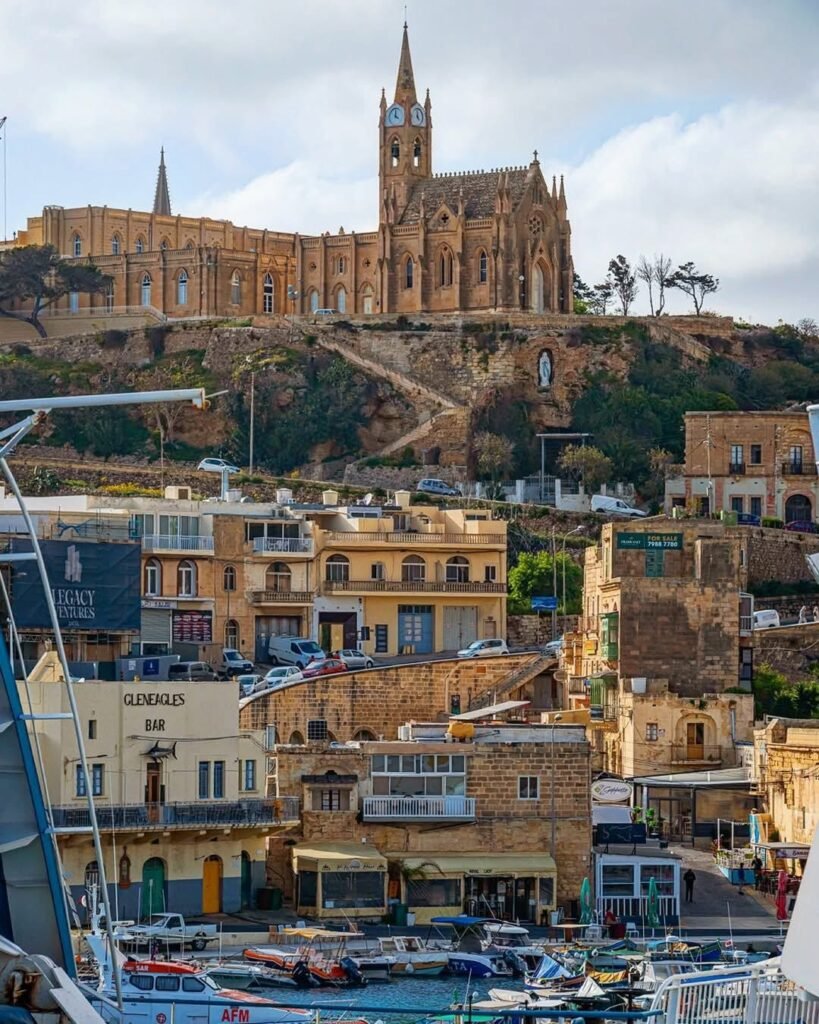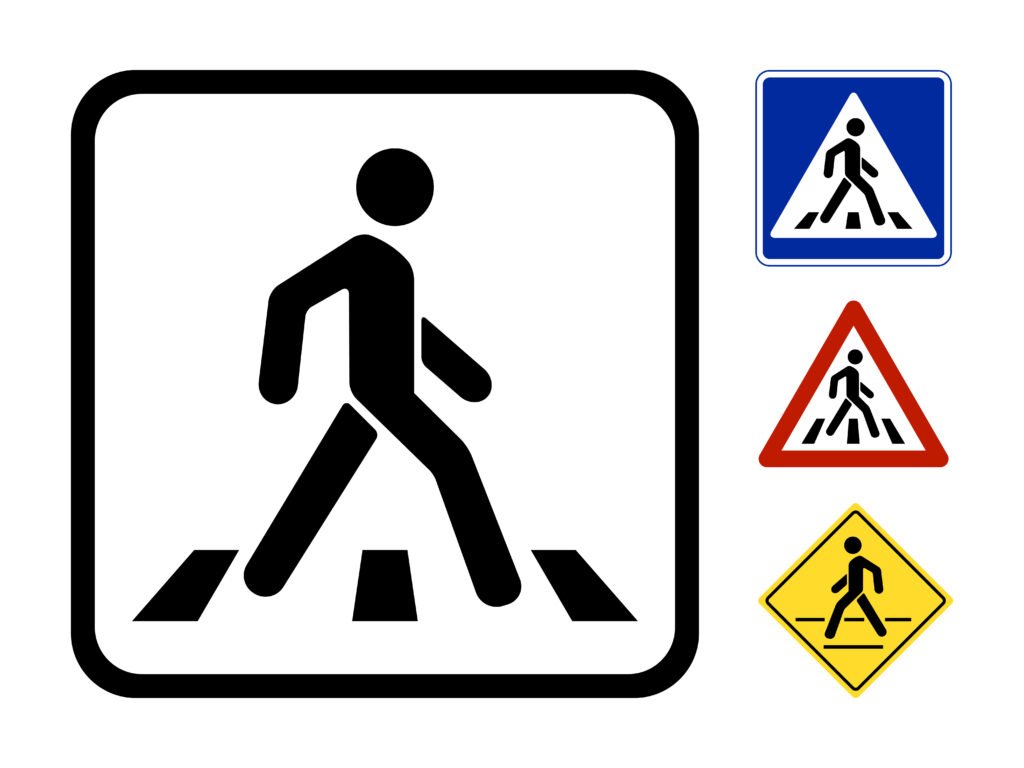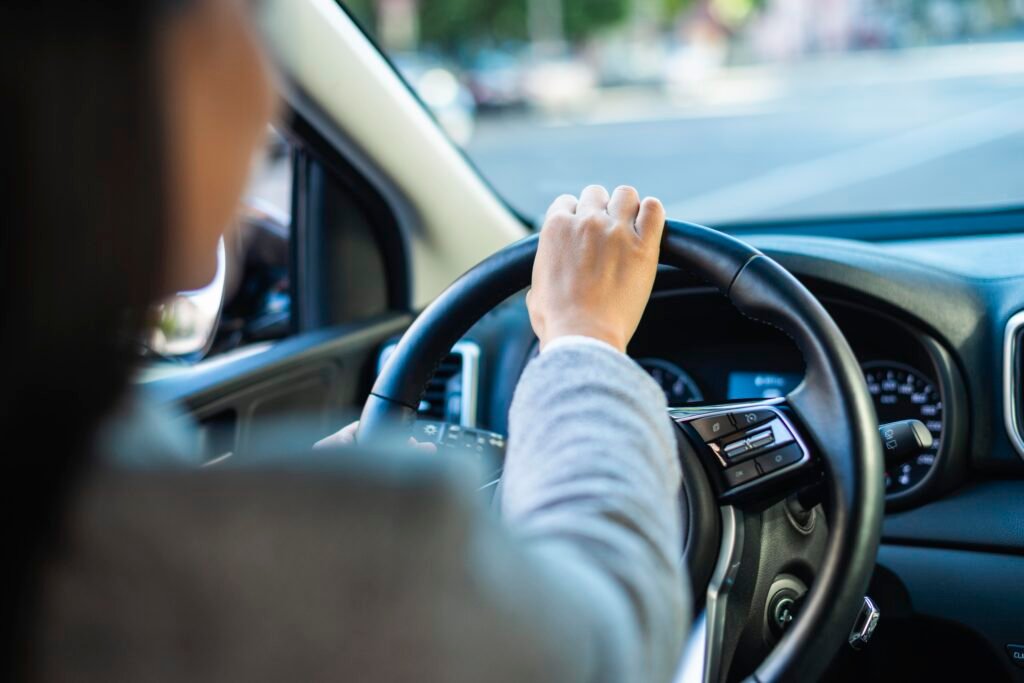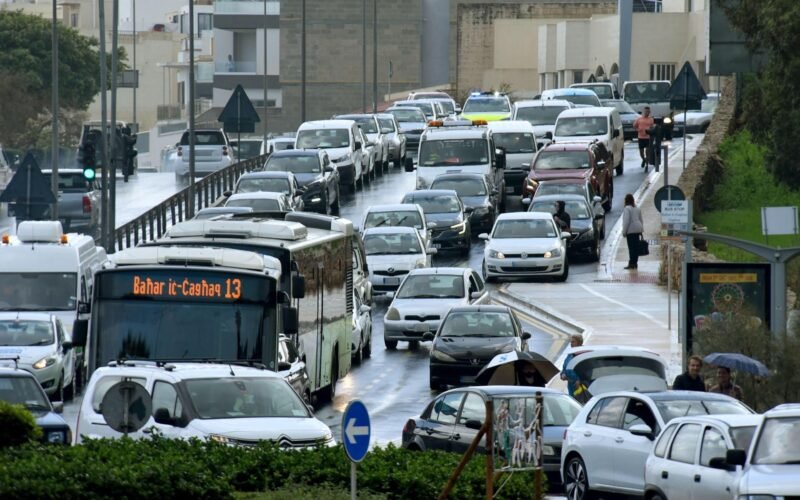Malta’s roads tell a story of contrast. In recent years, the islands have seen major investment in transport infrastructure, with new junctions, resurfaced highways, and safety upgrades reshaping how people travel. These changes are visible and real, marking genuine progress.
Still, anyone who drives or walks here knows that improvement has not reached everywhere. While some areas flow better than ever, others remain congested or challenging to navigate. Narrow village lanes, limited parking, and uneven pavements continue to make everyday travel demanding, especially during peak hours or in the busy summer months.
Malta is modernising its road network, and the effort is clear, but space constraints and old layouts make progress feel uneven. Understanding both sides of this reality, the progress and the pressure, helps explain what Malta’s roads truly reveal about life on the islands today.
Driving Rules and Enforcement
Malta follows the left-hand driving system, with roundabouts entered clockwise and right-hand priority.
- Speed limits: 50 km/h in built-up areas and 80 km/h on open roads unless posted otherwise.
- Seatbelts: mandatory for all occupants.
- Mobile phones: only hands-free use permitted.
- Alcohol limit: 0.5 g/l — effectively one small drink.
- Child restraints: required for children under 1.5 m.
Die Local Enforcement System Agency (LESA) manages parking and minor violations, while police handle injury collisions. Speed cameras and patrols are active in key corridors such as Marsa, Msida, and Coast Road. Enforcement has improved, but discipline remains uneven — another example of Malta’s progress on paper, challenged by real-world habits.
Road Conditions and Infrastructure
Malta’s network blends modern upgrades with inherited limitations. Projects like the Marsa Junction and Kappara roundabout have eased major choke points, while arterial resurfacing has made daily driving smoother. Yet away from these flagship sites, narrow residential streets, double-parking, and inconsistent markings continue to slow traffic and raise risk.
In urban centres, particularly Sliema, St Julian’s, and Msida, congestion remains an everyday struggle. Pavements are often cramped, and parked vehicles spill into active lanes. When it rains, limestone roads turn slick, and potholes appear before the next maintenance cycle. Despite improvements, Malta’s dense layout and car-heavy culture mean that infrastructure alone cannot solve every gridlock.
Is Gozo Different?

Driving in Gozo, Malta’s smaller and greener sister island, feels calmer but comes with its own set of challenges. The roads are rural and winding, connecting picturesque valleys and small villages rather than dense city grids. Victoria (Rabat) naturally carries the heaviest flow, as most commercial and administrative activity is concentrated around its core. Traffic near Mġarr Ferry Terminal also peaks during arrivals and departures, especially on weekends.
Elsewhere, the pace slows. Villages like Għarb, Xagħra, and Nadur see lighter traffic even at midday, though the roads can be tight. The difference is seasonal: in summer, Gozo’s popularity brings more vehicles, particularly around beaches and town centres, while winter restores a quieter rhythm.
Still, even Gozo’s tranquility has its strains. Infrastructure works such as the Marsalforn Road reconstruction created serious congestion in 2025, when works began just before the summer season. Drivers were forced to detour through Xagħra and Żebbuġ, stretching short trips into time-consuming routes. It was a reminder that even necessary improvements can disrupt daily life, another example of the two sides of Malta’s road reality.
Overall, Gozo’s roads remain peaceful but not problem-free, requiring patience and caution on rural bends and dimly lit stretches.
Pedestrian Safety – The Missing Piece

Malta’s road story isn’t just about drivers. Pedestrians often face the toughest reality, with limited pavements and inconsistent crossings in many towns. In older neighbourhoods, sidewalks are too narrow or vanish altogether, forcing people to walk dangerously close to traffic.
Crossing the road can be equally challenging. Zebra crossings and lights are common in shopping zones but scarce elsewhere, leading to scenes of pedestrians darting between moving cars, a behaviour born from necessity, not impatience.
Local councils and safety advocates continue to push for more pedestrian-friendly measures: wider pavements, mid-block crossings, and better lighting. As Malta invests in sustainable mobility, ensuring safe, walkable routes should be part of the same conversation as car lanes and bypasses.
What the Numbers Say?
Nach Angaben der Nationales Statistikamt (NSO), Malta’s roads are becoming safer overall. In the first half of 2025, around 7,400 traffic accidents were reported: a 9% drop compared to 2024 – while 640 people were injured, about 14% fewer than the year before.
However, fatalities have not followed the same trend. Nine people lost their lives on the road by mid-2025, slightly more than the previous year’s eight. The Northern Harbour district — Sliema, Gżira, Msida, and St Julian’s — still accounts for over a third of all incidents. Most accidents occur between 9 a.m. and 3 p.m., when roads are busiest.
Driving Culture: The Real Challenge

Malta’s driving culture is rarely aggressive, but it is often impatient. Close following, late signalling, and risky overtaking are common sights. Scooters weave through traffic, and pedestrians cross unexpectedly. Defensive driving is essential — keep a safe distance, anticipate others’ movements, and avoid reacting emotionally on the road.
After rainfall, the first few minutes are particularly dangerous as oil residue mixes with water. For minor, damage-only collisions, exchange details and contact LESA; for injuries, call 112 immediately.
The Road Ahead
The picture of Malta’s roads is neither perfect nor discouraging – it’s evolving. The statistics tell a hopeful story of fewer accidents and major investment paying off, while everyday life reveals that driving and walking here can still be unpredictable. Congestion, narrow lanes, and limited pavements continue to test patience, yet each upgrade, resurfaced street, and new crossing brings the islands a step closer to balance.
Malta is learning to share its roads better – between cars and buses, locals and tourists, drivers and pedestrians. The progress is visible, but so are the gaps. Real safety won’t come only from asphalt and cameras, but from awareness, courtesy, and consistency. As the country keeps building and adjusting, perhaps the next chapter of Malta’s road story will finally show both sides moving in the same direction.








